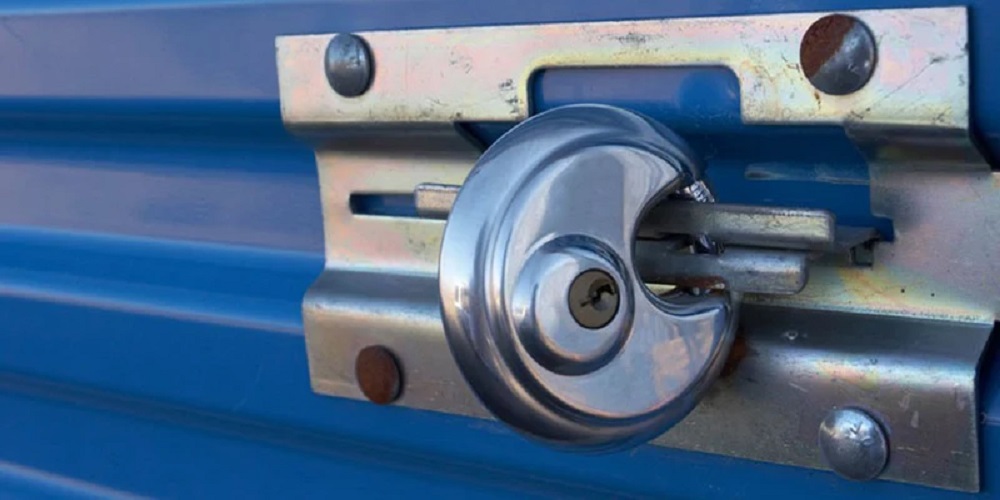The objective of every latch is the same: to ensure that doors, enclosures, and several other surfaces remain shut. The door latches used are mainly determined by their application, which is governed by specific industry standards. For instance, electrical enclosures include a requirement that all of the levers that are utilised for the activation of latches must be constructed of a material that is not conductive. Because the uses within specific industries determine the selection of latches, we will divide them into those used inside and those used outside.
Roll up Indoor Latches
In general, the standards for indoor applications are less stringent than those for outdoor applications since you do not have to worry about the effects of the elements or the environment. You might choose locks made of zinc or plastic, both of which are more reasonably priced options, to keep the whole cost within your financial constraints.
In addition, the degree of security required for interior applications is likely lower than that needed for exterior applications. You have the option of selecting non-locking latches for the internal environment. However, this will depend on the access control needs that are necessary. However, if you want to ensure that only authorised individuals have access, you might think about alternatives that come with a locking mechanism.
Roll up Outdoor Latches
The requirements and regulations that outdoor latches must meet are often significantly more stringent than those that apply to interior roll up door latch. It would help to consider all environmental aspects, such as the severe humidity, ice, and weather. Because stainless steel latches are resistant to corrosion and won't suffer any deterioration when exposed to the weather, this might be a significant factor in deciding the kind of latch you need.
Additionally, water and dust infiltration compliance requirements and standards may need to be satisfied. However, these may vary depending on the business. For example, latches used in electrical and food processing equipment could be required to fulfil the particular design, construction, or sealing requirements. These might include IP, NEMA, or UL standards. Latches that meet these standards since will prevent mechanical and electrical systems from being disrupted by elements such as water and dust.
Roll up sliding latches
Standard sliding door latches, often known as bolt latches, are the types of back gate latches that consist of a fixed keeper and a sliding and rotating bolt. Sliding latches are also sometimes referred to as bolt latches. The assembly is made secure when the sliding or rotating bolt slides behind the stable component. The two sections are fixed on fastening surfaces, such as doors and frames, which make the assembly secure. In most cases, manual operation is required to activate the device. Nevertheless, it is essential to bring to your attention that sure sliding locks are fitted with a spring that allows automatic bolt extension.
Materials
When you mount an enclosure outdoors, there is often an increased risk of security breaches, depending on the position and contents of the chamber. For instance, a utility provider should install a lock that restricts access to the panel contained inside a distant electrical box to only those technicians who have been permitted to do so. Since outdoor locks often target vandalism and destruction, manufacturers generally craft them from more robust materials and design them with increased durability. Because of this, they are usually outfitted with locking mechanisms that are more intricate and sophisticated to raise their level of safety.


